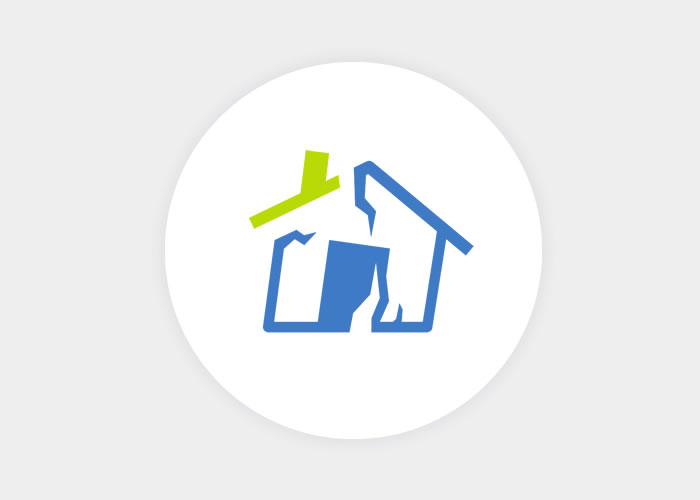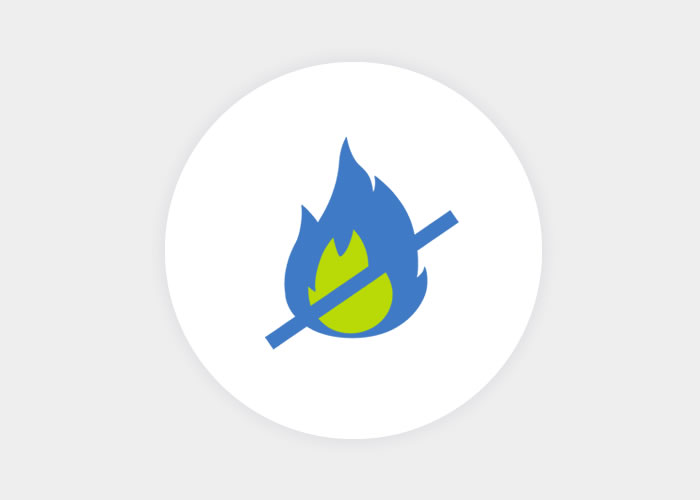AAC wall has an excellent Sound Transmission Class(STC) rating of 44.
Result: Virtually Soundproof Interiors!
Highest thermal rating in the industry..R30! Thus provides well insulated interiors, keeping out warm air in summers and cold air in winters.
AAC reduces Air Conditioning costs by 30%.
Earthquake forces on structure are proportional to the weight of the building, hence AAC shows excellent resistance to the earthquake forces. Regions of high seismic activity like japan exclusively use AAC. It has been proven to withstand wind loads of category 5 tropical storms.
Use of thiner blocks(6" instead of 9" exterior walls) because of its excellent water barrier & insulation properties leads to an increase in floor space area between 3-5%
Best in class fire rating of 4 hours. The melting point of AAC is over 1600° C, more than twice the typical temperature in a building fire of 650° C.
Termites hate ACC ! Being made of a inorganic minerals, it does not promote growth of molds
Being light weight AAC drastically reduces the dead weight of the building, resulting in to the reduction in steel(up to 27%) and cement(up to 20%) structural cost savings. Being 8 times the size of clay brick, AAC wall construction involves 1/3rd the joints, thus an overall mortar saving up to 66%. Its automatic manufacturing process gives AAC an exceptional dimensional accuracy & smooth surfaces, eliminating need of three-coat plaster walls and allow for a final 6 mm skim coat(putty/POP).
Its structure does not allow for capillary action making it impervious to water. Its water barrier properties are further enhanced by adding silicon based additives.
High pressure steam-curing autoclaving process gives AAC unmatchable strength to weight ratio, Higher then even M 150 concrete, and far exceeds than Indian building Code requirements.
AAC is 100% Green building material & is a walling material of a choice in LEED® certified buildings(ITC Centre, the highest rated green building has been built using AAC) AAC is most energy & resource efficient in the sense that it uses least amount of energy and material per m3 of product. Unlike brick manufacturing process which uses precious too layer agricultural soil, AAC uses Flysh (65% of its weight) thus provides the most constructive solution to the nation's fly-ash utilization problem.









